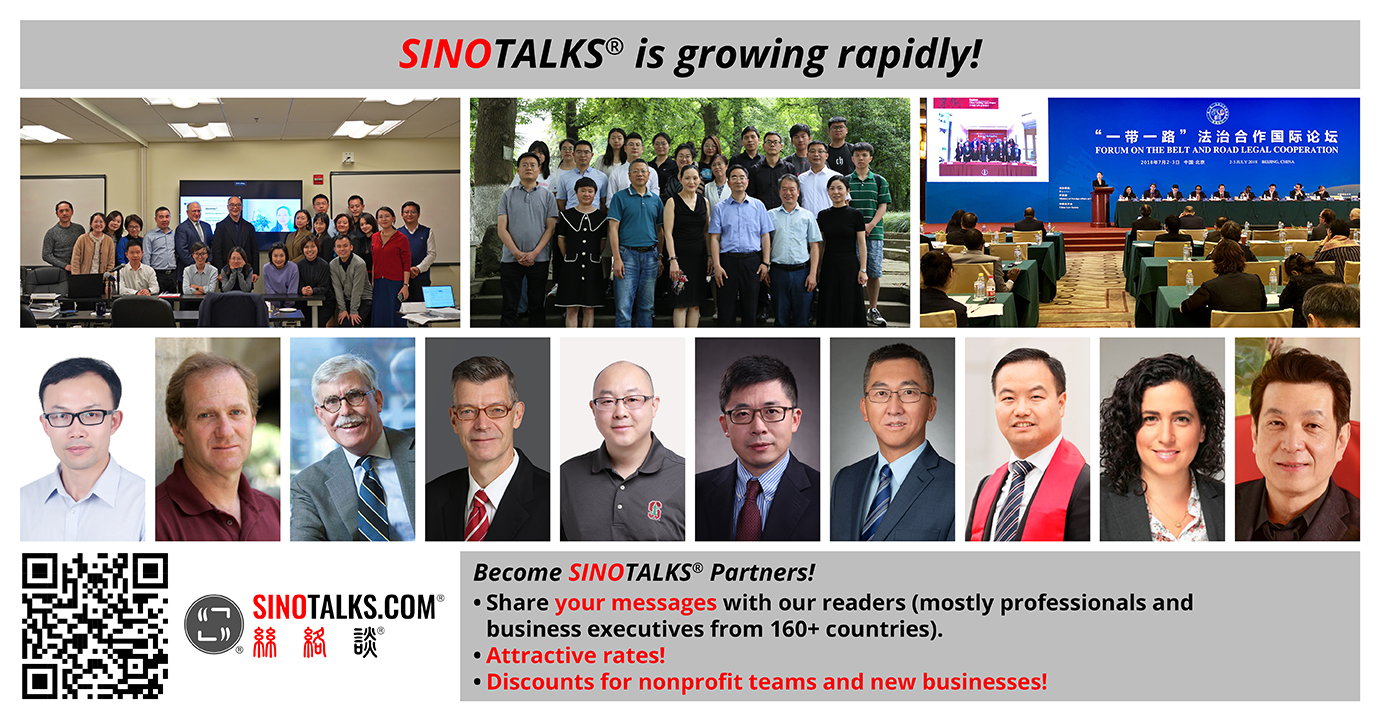Game Changer!—Guiding Cases Empowered by a Chinese High Court’s Retrial Order†
Table of Contents
- The Liaoning Ruling & Its Expected Impact in Liaoning Province
- Will the Impact of the Liaoning Ruling Go Beyond Liaoning Province?
Estimated Reading Time
- 6.7 min

The highest court in China’s northeastern Liaoning Province recently ordered a retrial of a dispute because lower-level courts handling the dispute failed to discuss in their reasoning a relevant Guiding Case cited by a party as similar to the dispute (the “Liaoning Ruling”). This ruling is expected to bring about positive changes to the judicial practice of using Guiding Cases, China’s de facto binding precedents (see SINOTALKS.COM In Brief No. 2), in Liaoning. Why is this the case? Will this ruling be a game changer for the rest of the country?
The Liaoning Ruling & Its Expected Impact in Liaoning Province
To fully understand the importance of the Liaoning Ruling and its impact, one must be aware of the problem that it has addressed. This, in turn, requires knowledge of a few major milestones in the development of China’s Guiding Cases.
- 2010: A Groundbreaking System Emerged
In late 2010, the Supreme People’s Court of China issued the first set of rules regarding Guiding Cases, showing its determination to accomplish, through Guiding Cases, the goal of “unify[ing] the application of law” in a vast country that has increasingly seen the limitation of relying heavily on legislation (e.g., however carefully drafted, legislation cannot address all factual situations) (the “2010 Rules”). The key provision in the 2010 Rules states that all courts in China “should reference and imitate” (“应当参照”) Guiding Cases when adjudicating similar cases.
The avoidance of stating that courts adjudicating similar cases “must/shall follow” Guiding Cases reflects a prudent step taken by the Supreme People’s Court in a legal system in which no cases have been recognized as a “source of Chinese law”. Had the expression “must/shall follow” been used, it would have suggested that Guiding Cases are de jure binding.
The chosen term “参照” (can zhao) means “参考并仿照” (“reference and imitate”) and is usually used in the context of “参考并仿照(方法、经验等)” (“referencing and imitating methods and experiences”) (see 《汉语大辞典》(“Chinese Dictionary”)); interestingly, this term and the dictionary definition were explicitly adopted by a provincial high court when it instructed lower-level courts on how to “reference and imitate” a certain batch of cases selected by the high court. Apparently, the term “参照” was chosen by the Supreme People’s Court to convey the nuanced authority of Guiding Cases despite their lack of de jure binding status. Yet, the lack of specific instructions on how to “reference and imitate” Guiding Cases is a major shortcoming of the 2010 Rules and has weakened its practical value.
- 2015 and 2020: Practical Instructions Released to Improve the Groundbreaking System
The aforementioned shortcoming of the 2010 rules was addressed by another set of rules issued by the Supreme People’s Court in 2015 (the “2015 Rules”), which includes, for example, the following instruction:
Where a public prosecution organ, a party to a case or the party’s defender, or a litigation agent cites a Guiding Case as a ground [for the] prosecution (litigation) or defense, the personnel handling the case should, in the reasons for the adjudication, respond as to whether [they] referenced and imitated the Guiding Case [in the adjudication of the case] and explain their reasons. (emphasis added)
Similar instruction was provided in 2020, when the Supreme People’s Court issued another set of rules to establish China’s fledgling “Search for Similar Cases” system (the “2020 Rules”), of which Guiding Cases constitute a significant part (see SINOTALKS.COM In Brief No. 4).
The above instruction, however, does not appear to be mandatory. As a result, in 2018, I invited Judge GUO Feng, who oversees the Supreme People’s Court’s work on Guiding Cases, to write an article to explain the nature of Guiding Cases. In his article (i.e., On the Issue of the Application of the Supreme Court’s Guiding Cases, 1 China Law Connect 19 (June 2018)), Judge Guo provides a clear explanation:
[…] the Case Guidance System would exist in name only if Guiding Cases were not granted a certain effect. Because Guiding Cases are granted de facto binding effect, if a judgment or ruling that differs [with a Guiding Case] is rendered in a similar case, the judgment or ruling is subject to the risk of being amended when the upper-level court adjudicates the appeal of the case. (emphasis added)
Unfortunately, Judge Guo’s important explanation seems to have been ignored in practice, as confirmed by a recent study completed by David Wei Zhao, a co-managing editor of SINOTALKS.COM, and me (see Intellectual Property-Related Guiding Cases: Trends of Their Use in Subsequent Cases & Implications for China’s Judicial Protection of Intellectual Property Rights, which also discusses other issues). In this study, Mr. Zhao and I conducted empirical research to identify all similar subsequent cases of intellectual property-related Guiding Cases. Our findings show that many judges failed to respond in their reasoning to explain whether the relevant Guiding Cases cited by parties could be for “reference and imitation”. They did not seem to worry about the type of risk pointed out by Judge Guo.
- December 2021: Problem Addressed by the Liaoning Ruling
In December 2021, the High People’s Court of Liaoning Province (the “Liaoning High Court”) rendered the Liaoning Ruling when it handled a case in which a party cited a relevant Guiding Case during the first-instance and second-instance proceedings, arguing that the pending case was similar to the Guiding Case. The Liaoning High Court ruled:
The first-instance and second-instance courts did not discuss [this Guiding Case] in their reasoning[, in defiance of the instruction stated in the 2020 Rules]; the case is to be retried and the guiding opinions of [the Guiding Case] should be referenced and imitated.
This case fully illustrates what Judge Guo emphasizes in his article about the risk of rendering a judgment or ruling that differs with a Guiding Case. As the Liaoning Ruling came from the highest court in Liaoning Province, lower-level courts in the province are expected to take this seriously and consider, in future cases, whether Guiding Cases cited by parties should be referenced and imitated. Otherwise, they will risk having their judgments amended and this, in turn, will affect their career prospects.
Will the Impact of the Liaoning Ruling Go Beyond Liaoning Province?
The positive impact of the Liaoning Ruling may also spread to other regions in China if high courts of the other 30 provinces, autonomous regions, and municipalities directly under the jurisdiction of the Central Government in mainland China adopt the Liaoning High Court’s approach to order retrials in situations where lower-level courts fail to discuss a cited Guiding Case in their reasoning.
To make these high courts feel motivated to do so, parties to disputes and/or their lawyers should, if possible, try their best to cite at least a Guiding Case that is similar to their disputes. The more serious the disparity between parties’ citations of Guiding Cases and courts’ responses is, the more likely a provincial court will step in to address the problem, as no provincial court wants to be seen as blocking the success of Guiding Cases, which are strongly promoted by the Supreme People’s Court.
The Liaoning Ruling could be a game changer for all of China. The ultimate results will depend very much on the responses of decision-makers within the Chinese legal world, and their willingness to optimize the impact of this ruling. That said, stakeholders involved may very well include many of our readers, and it is for this reason that I am so excited to share this development in this article!
† The citation of this article is: Dr. Mei Gechlik, Game Changer!—Guiding Cases Empowered by a Chinese High Court’s Retrial Order, SINOTALKS.COM, In Brief No. 10, Apr. 15, 2022, https://sinotalks.com/inbrief/2022w14-english. This article was first published on LinkedIn on April 13, 2022, https://www.linkedin.com/pulse/game-changerguiding-cases-empowered-chinese-high-courts-gechlik.
The original, English version of this article was edited by Nathan Harpainter. The information and views set out in this article are the responsibility of the author and do not necessarily reflect the work or views of SINOTALKS.COM.
Related Articles
Contact Us
Get Involved
Sponsor/Donate | 赞助/捐赠
Become SINOTALKS® Partners | 成为丝络谈™合作伙伴
Services


